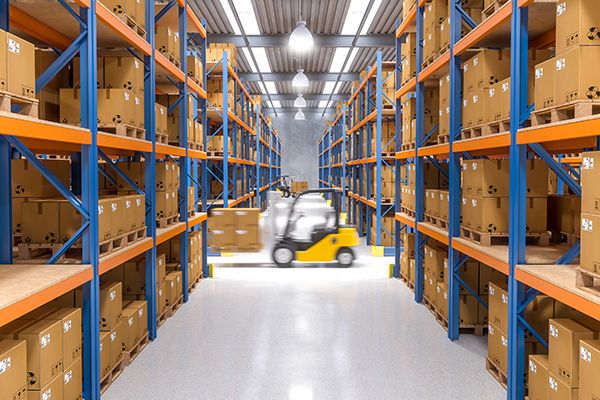The rise of smart warehousing: Automation as India’s next competitive edge


Not so long ago, logistics operations across India were manual, resource-intensive, and often prone to delays during high-demand periods. Limited shift coverage, basic sorting systems, and inventory mismatches made it difficult to meet rising expectations— especially during festive seasons.
But that picture is changing.
Across industries, logistics parks are being reimagined—not just as static storage spaces, but as intelligent, high-performance enablers of India’s manufacturing and consumption growth.
Why automation moved from optional to essential
Warehousing used to be low on the list when businesses thought about transformation. That’s no longer the case.
Today, the pressure to deliver on time, with accuracy, and at scale is everywhere. Manufacturers need tighter turnaround cycles. Automakers require real-time visibility into inventory flows. Ecommerce companies are pushing same-day delivery to Tier II and III cities. Pharmaceutical brands demand an uninterrupted cold storage facility.
Automation fills this gap. Systems, like automated storage and retrieval (ASRS), IoT-enabled sensors, and AI-based inventory optimisation, are enabling logistics parks to operate faster, smarter and with higher accuracy.
For businesses managing complex product portfolios and thousands of SKUs, automation is no longer an option—it’s critical to sustain growth. Whether it is ecommerce, auto, manufacturing, pharmaceuticals, or FMCG, industries that are scaling are doing so on the back of smart infrastructure.
You can’t retrofit for speed
Operators have learned that automation only works as well as the infrastructure allows. Retrofitting legacy buildings with high-end systems rarely delivers full value. That is why built-to-suit (BTS) logistics parks are gaining traction.
These facilities are designed with automation in mind—taller vertical clearance, higher floor load capacity, optimised dock layout, and dedicated climate zones. They are built to support not just today’s technology, but tomorrow’s as well.
Infrastructure that’s built to think
The best logistics parks today do not just store inventory; they help manage it. Modern infrastructure includes warehouse management systems (WMS), energy-efficient layouts, solar rooftops, rainwater harvesting, and predictive analytics—all built into the physical fabric of the park. These features are not add-ons—they’re now essential.
This kind of infrastructure also aligns with national goals. Initiatives like the PM Gati Shakti Master Plan and the National Logistics Policy (NLP) aim to create integrated logistics networks across the country. Automation-ready parks play a pivotal role in making that happen.
Simply put, logistics infrastructure must now meet both business and regulatory expectations—and that is only possible with smart design and automation.
It’s not just about technology
The transformation unfolding across India’s industrial infrastructure and logistics sector isn’t just a story of warehouses, machines, and software. It reflects the country’s larger ambitions. We are building logistics parks that are not just keeping pace, but setting new benchmarks for speed, sustainability, and scale.
This is not a future vision. It is already happening on the ground in facilities that are helping some of India’s largest industries deliver smartly and faster.
And this is just the beginning.
Aditi Kumar is the Joint Managing Director of TVS ILP
Edited by Suman Singh
(Disclaimer: The views and opinions expressed in this article are those of the author and do not necessarily reflect the views of YourStory.)
Discover more from News Hub
Subscribe to get the latest posts sent to your email.






